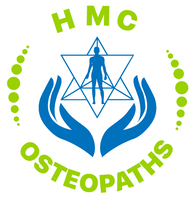|
By Liam Neyland As march is Endometriosis awareness month, we at HMC Osteopath’s thought it would be a great time to share some helpful information about this condition. What is Endometriosis? A fair few of you may be wondering what exactly is Endometriosis? Despite the condition affecting approximately 1 in 9 women before they hit their 40’s in Australia, it is a relatively unknown condition within the public. Simply put endometriosis is when cells (endometrium) that usually line the cavity of the uterus, better known as the womb, grow in other parts of the body. These cells can occur at almost any site within the pelvis, but is most commonly found to be sitting on the peritoneum of the pelvis, behind the vagina and uterus, underneath the ovaries and sometimes on the ovaries themselves. In it’s more severe forms this condition can even grow inside the Fallopian tubes or even within the ovary itself. However, there have been cases where these cells have been found outside the pelvis like for example the lungs (thankfully these cases are extremely rare). Despite the fact these cells are not present in the uterus they still respond to hormonal messages from the ovaries. This is especially true during the menstruation period of a women’s cycle, as these cells will bleed every month resulting in inflammation, scarring and in some cases organs to stick together. It is for this reason why women suffering from endometriosis can have such debilitating pain. Along with debilitating pain the disease can affect fertility. How does Endometriosis affect Fertility? The link between fertility and endometriosis is unfortunately unclear, however the stage of the condition and location do play a major role on possible fertility issues. Examples of this are if extensive scarring within the pelvis could result in pain during intercourse, lowering a women’s enjoyment and or dreading the act of intercourse as a whole. Another example would be the Fallopian tubes could become tangled in the scar tissue limiting it’s ability to safely transfer the egg from the ovary to the womb. These are two of many possible outcomes that endometriosis can effect a women’s fertility. Thankfully, many women with this condition can still become pregnant as an estimated 70% of women with mild to moderate endometriosis get pregnant without the use of external treatment. 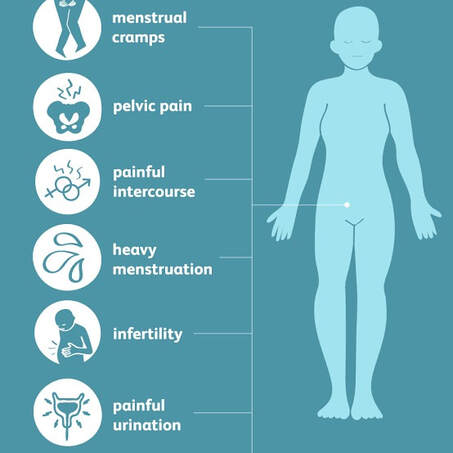 What are the Symptoms of Endometriosis? The symptoms that women experience while suffering from endometriosis will be different by a case to case matter. As the severity of the condition does not necessarily coincide with the symptoms felt but instead where the lesions are located. Common Symptoms include:
What causes Endometriosis? Currently there is no known cause of endometriosis, however factors that increase the likelihood of the condition are as follows.
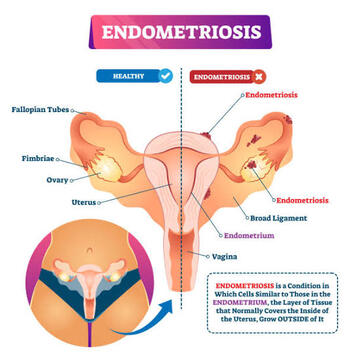 How is it Diagnosed? Unfortunately due to difficult it is to identify many women go undiagnosed for many years with the average being around 7. Currently the only way to confirm a diagnosis of endometriosis is to have a laparoscopy, which is a particular surgery where doctors are able to look for endometriosis tissue within the abdomen and take a sample to examine in a laboratory. During the surgery the grading of endometriosis would be determined as well. Grade 1 (mild): small patches scattered around the pelvis Grade 2/3 (moderate): disease is more widespread and can be found on ovaries and other parts of the pelvis. Grade 4 (severe): Has spread to most of the pelvic organs. If you suspect that yourself or someone else may have endometriosis, please talk to your doctor about any and all symptoms you may be experiencing. A helpful tool has been designed to help health professionals and yourself in identifying and assessing endometriosis symptoms, which may also reach a faster diagnosis. It is called the Raising Awareness Tool for Endometriosis (RATE), which can be accessed through the provided link. RANZCOG - RATE What are your treatment options? Conventional treatment of endometriosis is wide ranging as not all therapies may be effective or the possible side effects could have an overall net negative for a person’s health. It is important to discuss with your doctor about any and all side effects with any treatment options. As stated in the previous blog, currently there is no cure for endometriosis, so in that regard all treatments are aimed at pain management or general management of the condition. Non-manual therapy treatment option
Hormone Therapies, are used to help suppress the growth of the endometrial cells and stop or limit bleeding, including during the menstrual cycle. Examples include:
Surgery: aim is to remove as much visible endometriosis as possible and to repair any damage found.
 Self care treatment It is important to remember that the pain and or discomfort a women may experience from Endometriosis is unique to them and will vary from person to person. With that in mind here are some examples of at home treatments you can use to help with managing your pain. Exercise
Other supportive self care treatments are:
What can my Osteopath do? When treating endometriosis, it is best that a multi-disciplinary approach is used. Where a range of health professionals including your GP work together to provide the best possible care for you. Osteopathy would provide a range of hands on, non-invasive treatment methods to best optimise the body’s natural function. Examples of possible treatments that an Osteopath could provide you are as follows.
 What can my friends and family do to help? The best thing that friends or family can do to help is be a reliable source of support. Many people suffering from endometriosis feel alone in their struggles. Something as simple as bringing your loved one a heat pack when you notice them struggling or allowing them to sleep in a little longer can go a long way in helping someone suffering to feel more validated. Always remember that just because you cannot see the illness does not mean that it does not exist. It is important to remember that symptoms for endometriosis are varied and unique to the individual and that the condition does not have a set rhyme or rhythm. So please be understanding that someone with this condition cannot control or predict when a ‘flare’ will occur. References
How does endometriosis affect fertility? | Tommy's (tommys.org) Where Does Endometriosis Occur | Gynaecology Molloy Endometriosis | healthdirect Endometriosis (who.int) Exploring effect of pain education on chronic pain patients’ expectation of recovery and pain intensity (degruyter.com) Management & treatment of endometriosis | Jean Hailes Treating endometriosis | The Royal Women's Hospital (thewomens.org.au) Endometriosis Australia | Home
0 Comments
Leave a Reply. |
HMC TEAMIf you find something of interest that might suit this space, or would like information on a specific topic, let us know at [email protected]
Archives
December 2023
Categories |
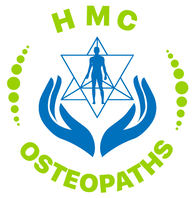
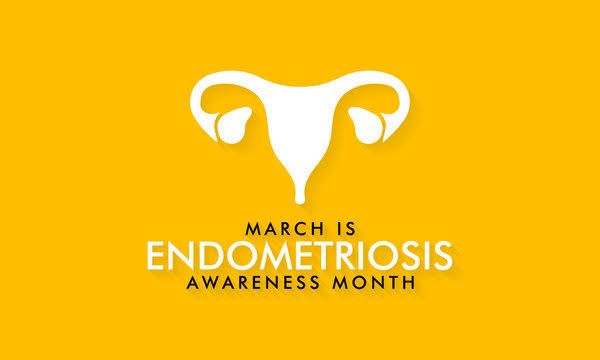
 RSS Feed
RSS Feed
